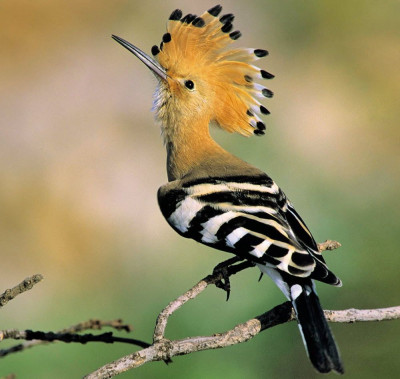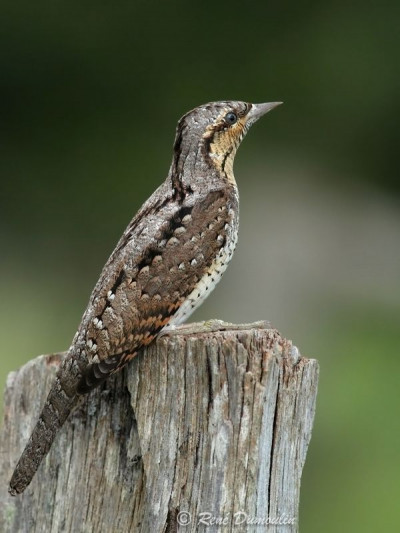
In collaboration with GANaL (Groupe des Amoureux de la Nature en Lavaux, (www.ganal.ch), twelve new nesting boxes were installed on the Golf de Lavaux at the beginning of March 2024. Four of these are intended for wrynecks and eight others for tits and other small passerines; the main difference between these two categories of nest box lies in the shape and size of the entrance hole. These nest boxes are in addition to the 15 others that have been installed on the golf course in recent years, mainly for hoopoes and wrynecks.
Both the hoopoe and the wryneck are endangered species that are on the Red List of the Swiss Ornithological Institute in Sempach (www.vogelwarte.ch/fr). These beautiful birds had disappeared from our regions due to changes in their habitat; in recent years, they have been making a tentative comeback thanks to targeted measures. In the Lavaux region, these two species are the subject of a specific GANaL project under the auspices of the Swiss Ornithological Society of Sempach. The installation of specially adapted nesting boxes on the Lavaux golf course is helping to maintain viable populations in Switzerland.
So far, no breeding of wrynecks and hoopoes has been observed on the Golf de Lavaux, but individuals have been seen or heard. We hope that pairs will soon settle in our nesting boxes and raise their young there! In the meantime, other birds are also benefiting: blue tit, barn tit, great tit, nuthatch, tree sparrow and starling, to name just the most frequently observed.
The hoopoe is one of our country's most beautiful bird species. It is a medium-sized bird with orange plumage and rounded black and white wings. It has an erectile hoopoe with black tips and a long, arched beak with which it searches for larvae and insects in the ground. The hoopoe spends the winter in the Sahel region and migrates north to nest. It is particularly fond of high orchards and dry stone walls, which provide cavities where it can raise its young. It can be seen in Switzerland from mid-March to September. Since the 1970s, it had disappeared from the entire Plateau. Today, it is present mainly in Valais; a few pairs have also been observed in Ticino, Grisons and the Lake Geneva basin, notably on the Lavaux golf course.


The Antbird is a small bird with bark-coloured plumage that provides excellent camouflage. It is a woodpecker unlike any other. It feeds mainly on ants, which it catches on the ground with its tongue. Like the hoopoe, it winters in the Sahel and returns to our region in mid-March. This fascinating bird has developed the ability to imitate a snake to ward off potential predators: when it feels threatened, it contorts its body and swings its head, twisting its neck ("tord col"); if this trick isn't enough, it goes so far as to stick out its tongue and hiss, like a snake ready to attack! Over the last few decades, the torcole's numbers have fallen sharply, mainly as a result of the grubbing-up of high-stem orchards. In recent years, thanks to the introduction of targeted protection measures, torcols have once again been seen in the Lavaux region.